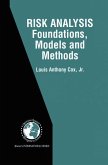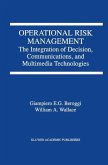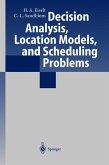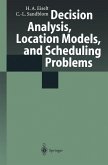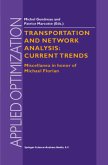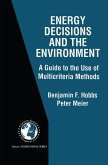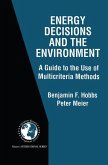Risk Analysis: Foundations, Models, and Methods fully addresses the questions of "What is health risk analysis?" and "How can its potentialities be developed to be most valuable to public health decision-makers and other health risk managers?" Risk analysis provides methods and principles for answering these questions. It is divided into methods for assessing, communicating, and managing health risks. Risk assessment quantitatively estimates the health risks to individuals and to groups from hazardous exposures and from the decisions or activities that create them. It applies specialized models and methods to quantify likely exposures and their resulting health risks. Its goal is to produce information to improve decisions. It does this by relating alternative decisions to their probable consequences and by identifying those decisions that make preferred outcomes more likely. Health risk assessment draws on explicit engineering, biomathematical, and statistical consequence models to describe or simulate the causal relations between actions and their probable effects on health. Risk communication characterizes and presents information about health risks and uncertainties to decision-makers and stakeholders. Risk management applies principles for choosing among alternative decision alternatives or actions that affect exposure, health risks, or their consequences.
From the reviews:
`The book is well structured and based on the latest references to literature and software, including Web-links. [...]distinguishing characteristics of risk analysis and reltions to other disciplines as well as relations between different models and approaches are clearly presented, which aids the choice of an appropriate risk analysis model. [... The presentation of the material is comprehensible, thanks to the numerous didactic examples. [...] In summary, the book can be highly recommended as an overview on latest trends in risk analysis as well as a source of case studies, for teaching health, safety, and environmental risk analysis.'
OR News, 19 (2003)
"Health risk analysis is considered extensively in this book ... many interesting questions (in theory as well as in applications) for operations researchers and management scientists are discussed. ... The book contains more than 500 pages and more than 650 references. It is well written and structured, and in particular, the extensive number of examples provided throughout the book give an excellent insight in the topic of health risk analysis." (Stefan Nickel, Zentralblatt MATH, Vol. 1060 (11), 2005)
`The book is well structured and based on the latest references to literature and software, including Web-links. [...]distinguishing characteristics of risk analysis and reltions to other disciplines as well as relations between different models and approaches are clearly presented, which aids the choice of an appropriate risk analysis model. [... The presentation of the material is comprehensible, thanks to the numerous didactic examples. [...] In summary, the book can be highly recommended as an overview on latest trends in risk analysis as well as a source of case studies, for teaching health, safety, and environmental risk analysis.'
OR News, 19 (2003)
"Health risk analysis is considered extensively in this book ... many interesting questions (in theory as well as in applications) for operations researchers and management scientists are discussed. ... The book contains more than 500 pages and more than 650 references. It is well written and structured, and in particular, the extensive number of examples provided throughout the book give an excellent insight in the topic of health risk analysis." (Stefan Nickel, Zentralblatt MATH, Vol. 1060 (11), 2005)



